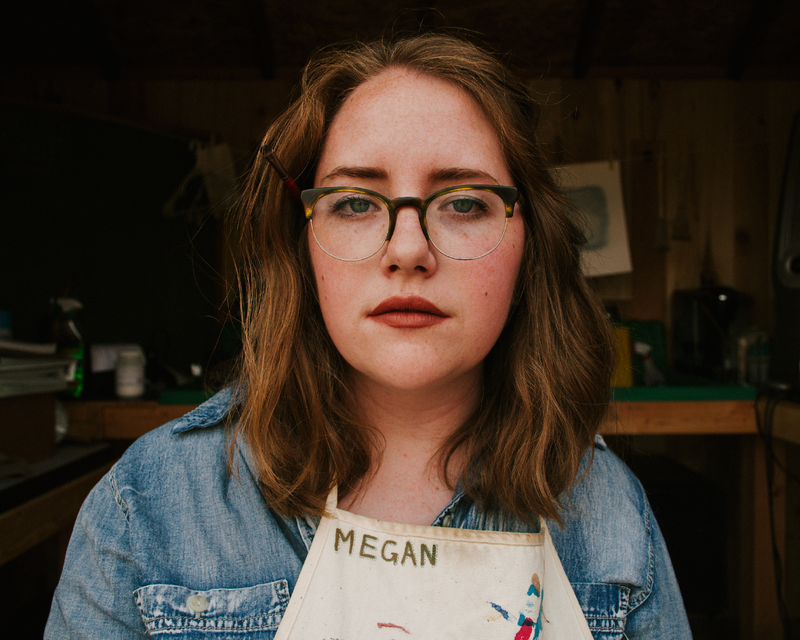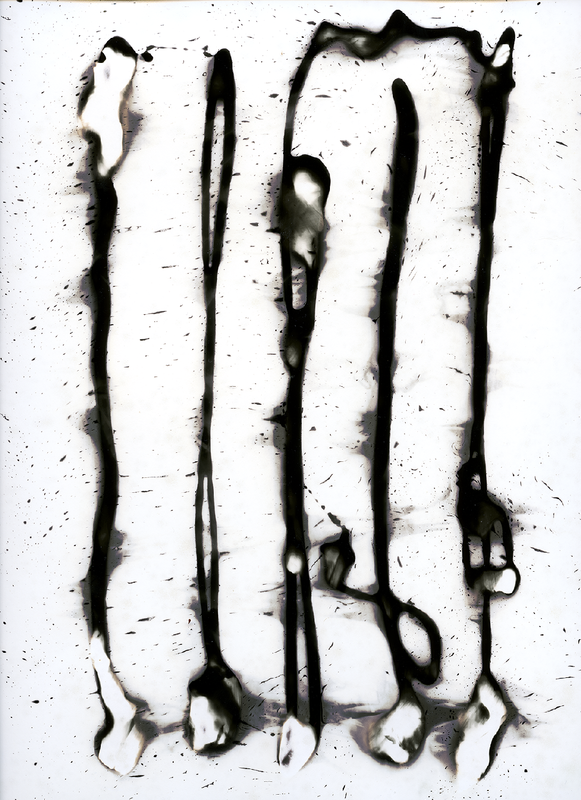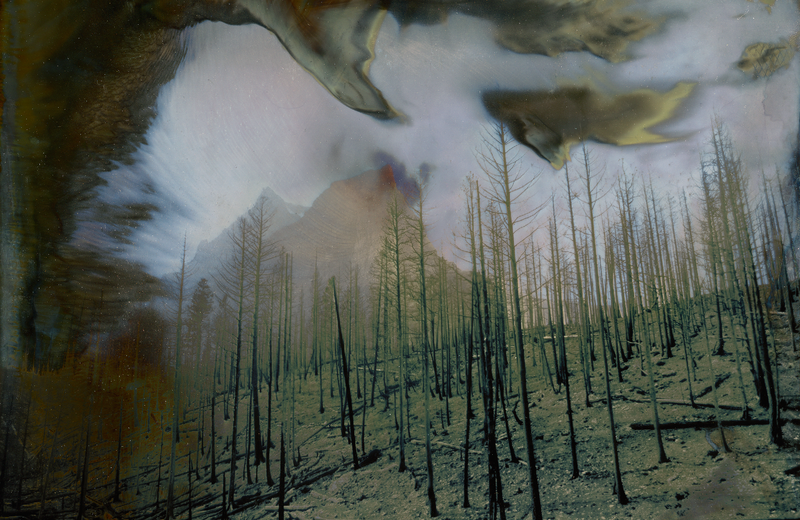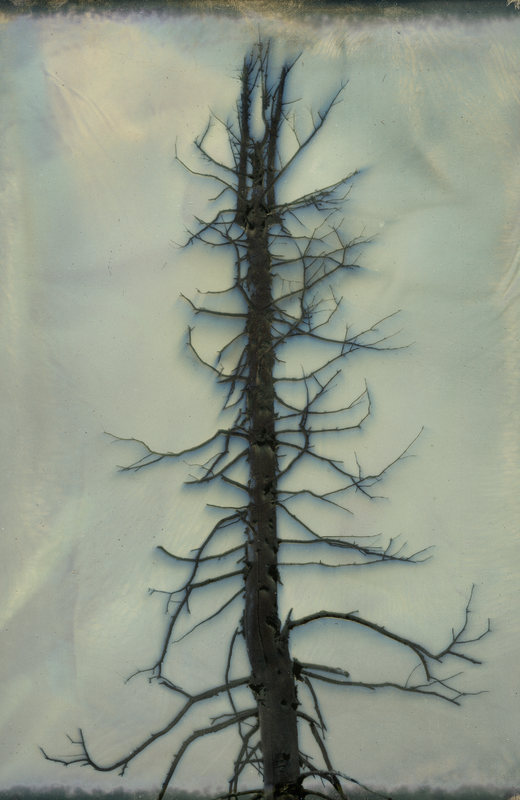Chromoskedasic Sabbattier, Lumenprints,
& Chemigrams
with Megan Crawford
Date: June 17-22, 2019 Cost: TBA
Chromoskedasic sabattier (chrō-mō-skĕ-dă-zĭk să-bă-tē-ā), or chromo for short, is an experimental darkroom process. Chromo prints get their characteristic metallic sheen from the silver particles plating out in silver gelatin paper. The process starts with a developed— but not fixed— silver gelatin print. Once a print is developed, it's placed into an activator and then a stabilizer. The print can be brought out into room light at either of these steps. Subjection to room light will create different colors, but it's essentially random. In person, a chromo print can be incredibly metallic: golds, coppers, silvers, greens, purples, pinks, and blues can appear (of course when they're scanned, they often appear dull, and not all of the colors will be visible).
In addition to learning chromo, you’ll also learn how to make chemigrams and lumenprints. Lumenprints are similar to photograms in that they are object-based, but instead of being exposed under an enlarger they’re exposed in sunlight. Colors in a lumenprint can range from warm pinks, reds, and oranges to cooler purples, blues, and greens.
The chemigram process is best describes as painting in the darkroom. It consists of either a hard resist (varnish) or a soft resist (oil, soap, honey, etc.) and moving the print back and forth between developer and fixer. Final images can range from complete abstractions to deliberate graphic designs.
This workshop will cover basic digital negatives, so come prepared with a laptop and an image processing program (ideally Photoshop or Lightroom— something that will allow you to do basic edits and add a curve). Chromo only affects the highlights of an image, so keep that in mind when selecting work. A majority of supplies are covered under the class fee, but it would be wise to bring smaller supplies with you (apron, towel, timer, hair dryer, etc). Also, bring some items with you for chemigrams and lumenprints. Chemigrams work best with semi-viscous to viscous items (oil, honey, cooking spray, soap, etc.) while lumenprints require objects (lace, feathers, magazine cutouts, sliced fruit or vegetables, etc.).
It will be a week of learning about chromo, chemigrams, and lumenprints— learning about their roots, experimenting with the processes, expanding your knowledge on the processes and their applications, and enjoying everything Montana and the Formulary has to offer. By the end of the workshop, students should feel able to work on their own (both in creating digital negatives and prints).
About the Instructor
Megan Crawford is an alternative process photographer based in northwestern Montana. She received a Bachelor of Arts in Film & Photography from Montana State University in 2017. Her work as been exhibited nationally, and she has been featured in various publications. Crawford’s background in history and her interest in handmade photographs led her to pursue processes such as gum bichromate and salted paper. Her work often focuses on history and landscape: how they interact with modern and historical societies, how they interact with each other, and what they can represent in a contemporary photographic context. You can learn more about her work at meganlcrawford.com
Workshop Fee:
$TBA
(does not include food & lodging)
Save up to 25% off tuition with a combination of any 2 of the following discounts:
Early Bird Discount:
An early registration by the 30th of April 2018 qualifies for a 15% discount on your workshop tuition.
Back to Back Discount:
Register and attend two classes consecutively and receive one night of your B&B stay free also receive a 10% discount off the second weeks tuition
Bring a Friend Discount 10% off available when you both sign up for the same workshop.



